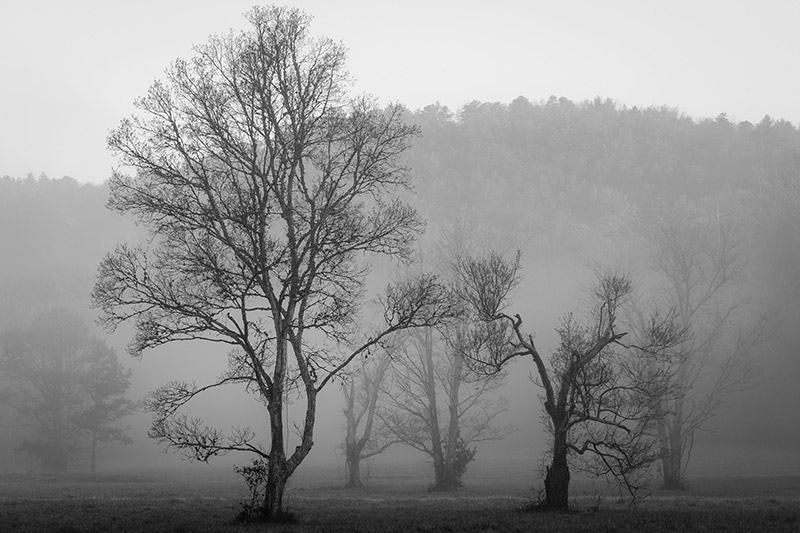
I recently had the opportunity to interview landscape photographer, teacher, and author Robert Rodriguez, Jr. Robert lives in the Hudson Valley of New York, and as someone who teaches, speaks, and leads workshops, he has a great deal of insight to share.
Take a few minutes to read the interview below. You’ll get to know more about Robert, see some of his work, and I’m sure you’ll pick up something valuable as well.
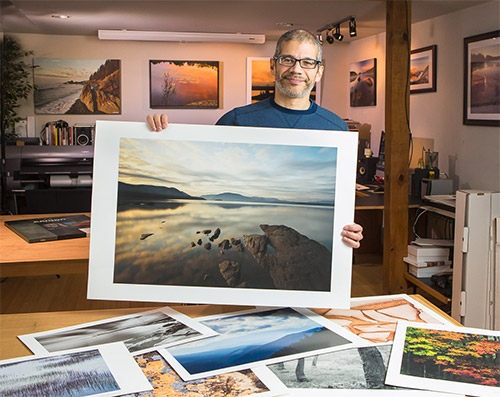
Please tell us a little bit about yourself and how you got started in photography.
I’ve been an artist all of my life, starting with music in my teenage years though college and up until about 13 years ago. Then I made a life changing decision to become a landscape photographer because it would allow me to express what had become and still is most important to me, the awe and wonder of being alive.
Nature elicits that emotion in me more powerfully than anything else, and I’m grateful every day for the fact that I am still doing what I love to do – make images that convey that as best I can.
Over time I also realized that I love teaching and inspiring others to push themselves beyond what they thought possible, especially when it comes to creativity (if I could do it, others could as well.) So even though I’m still actively working on photography projects, I spend a lot of time writing books, articles, creating online courses, and working with students on workshops.
Sharing ideas and insights that make a difference is what motivates me every day.
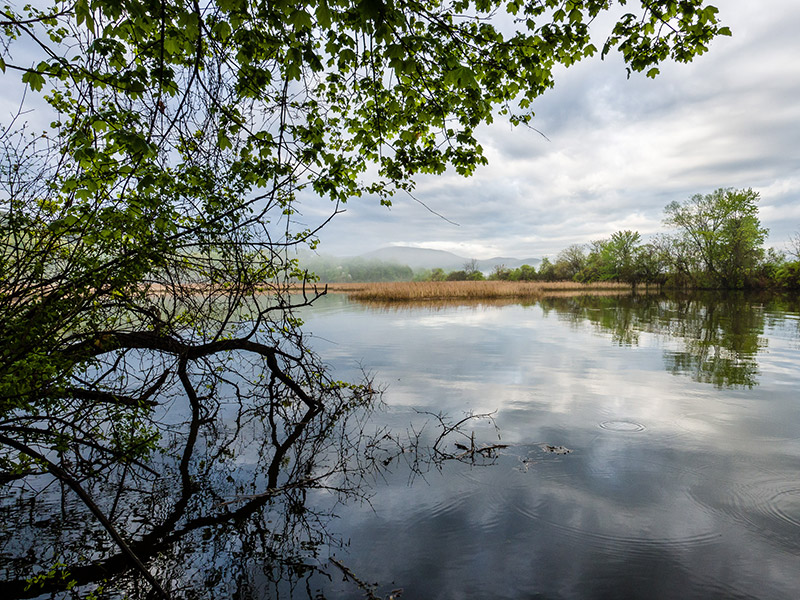
Do you have any formal training or education in photography?
No, I’m completely self taught. Having said that, I graduated from the Berklee College of Music, and so I think my formal training in music helped me understand the process of learning new skills and the importance of dedication and perseverance. That was extremely helpful when I picked up the camera because as Ansel Adams said, “landscape photography is the supreme test of the photographer, and often the supreme disappointment.“
That has certainly been my experience, and so having the self-confidence to make mistakes and understand it was part of the process was critically important for me. I also realized early on that great photography relies on a visual language that is shared by other mediums, namely painting. So I spent (and still spend) lots of time studying not only the greats of photography, but also great painters. In fact all art forms have something to offer, whether it’s directly applicable, or a different perspective of the world that can be incorporated into a photograph.
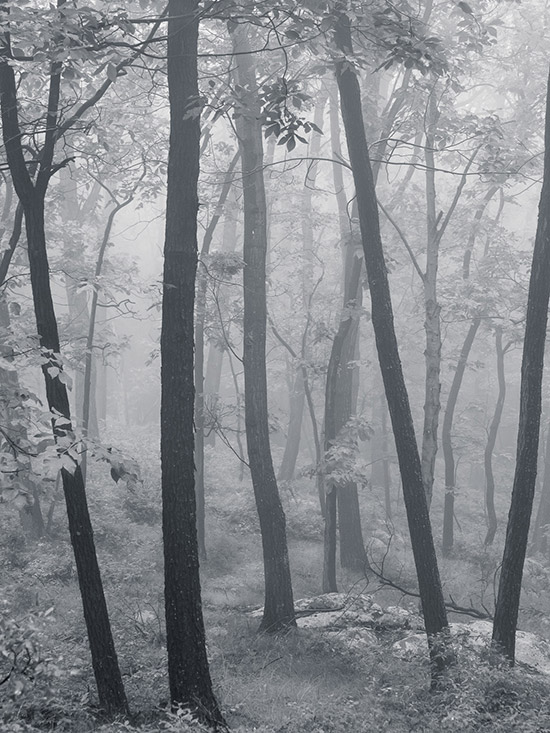
What draws you to landscapes and nature rather than other types of photography or subjects?
That stems directly from my childhood growing up in NYC in the late 70s, the ultimate urban jungle. When I went on my first camping trip, I knew then that somehow I had been transformed. Nature was different in every way from what I was used to back home. The sounds, the smell, the air, the beauty-it was a completely life changing experience that planted a seed, and it’s that seed that took hold when I became disillusioned with the music industry.
For me nature provides a powerful sense of gratitude, of wonder. I instantly feel better mentally and physically when I spend time in nature, and the strong emotional connection I have to nature is what I want to convey in my images. I want others to realize how fortunate we all are to exist on this beautiful planet.
That’s not denying all that is wrong, but rather a way to uplift and inspire others to appreciate what is right. Photography is the medium I use to express that, but the experience is what I long for. Because of that, I’m always exploring other ways to express myself, and I’m currently learning how to paint which is extremely challenging and difficult. But not only does it inform my photography and improve my vision, it lets me understand more deeply what it is I really want to explore creatively.
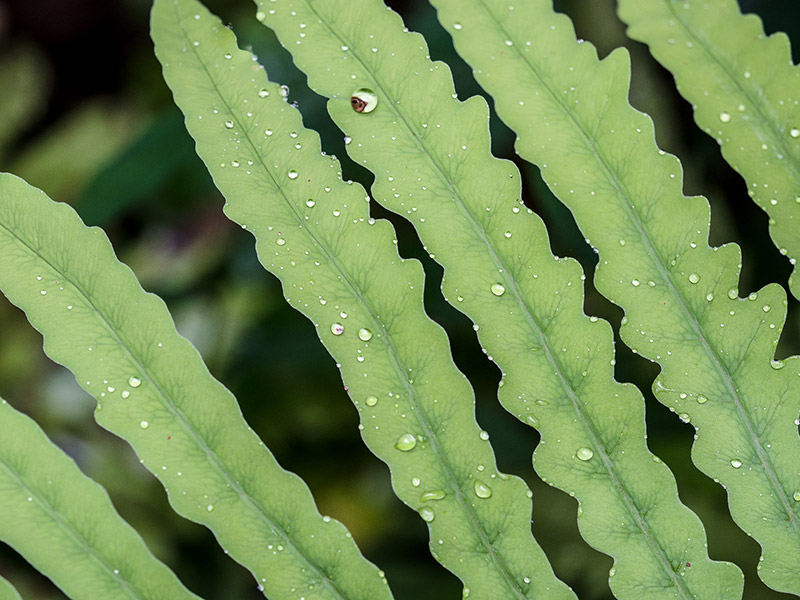
Can you tell us about a favorite location that you like to photograph in your local area?
I’m fortunate in that I live in the Hudson Valley, a beautiful area north of NYC that provides endless opportunities for landscape photography. There are a few spots just a few miles south of my home where the mountains are dramatic, and with the micro-climate that the Hudson valley often generates, it’s exciting to visit as often as I can.
Some days it’s clear without a cloud in the sky, other days completely fogged in. We also get great light because of the atmospherics, and so I try to take advantage of that whenever I can. It’s no coincidence that an entire painting movement, The Hudson River School, began in this area one hundred fifty years ago.
I also enjoy photographing the area because it continually challenges me to find new ways of seeing the familiar. You might think that after a few visits there’s nothing left to explore, but an open mind and an awareness of light have taught me many lessons. Gratitude can also manifest itself in an image you might not have imagined otherwise.
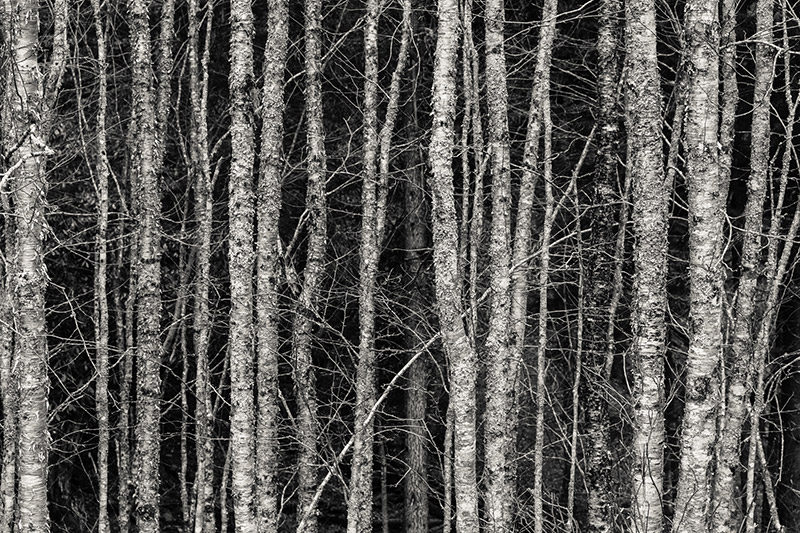
Between workshops and classes, mentoring, speaking, and running a studio, you have a lot going on. It seems like teaching and helping others in their own photography is very important to you. Can you tell us what you enjoy most about using your experience to help others?
I simply get a tremendous amount of satisfaction from helping others—the idea of making a difference. Motivating and empowering others to realize their full potential is something that gives me joy, and it lets me share everything I’ve learned from others, past and present. Generosity is something I have learned to embrace for its intrinsic value, and while I do have to pay my bills and support my family, I try to share as much as I can.
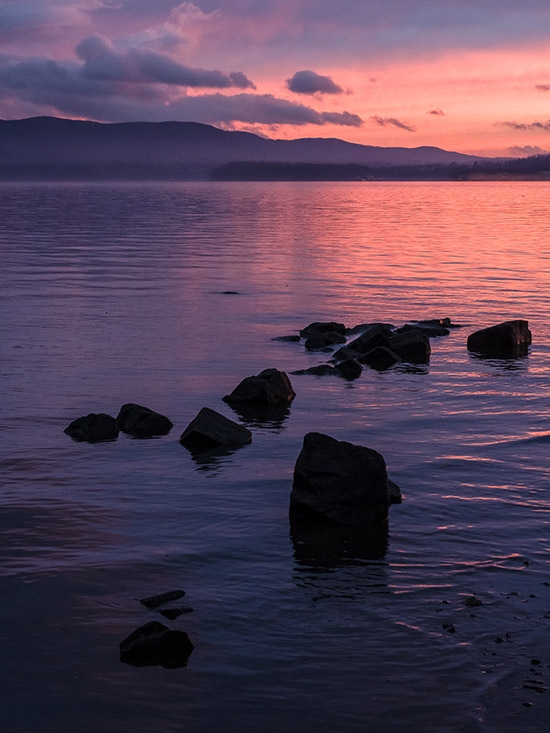
You’ve also been active in advocating for conservation. How would you encourage other photographers to get more involved in this area?
You’ve done your research! Yes I am actively involved in conservation, mostly with Scenic Hudson, the leading environmental group in the area. It’s proven to be one of my proudest accomplishments to photograph for them, often as donation, because the images serve a much greater purpose that simply becoming part of my portfolio. Hopefully the images can play a role in convincing others why it’s important to protect our environment.
I think any non-profit work, whether environmentalism or humanitarian, is a great way to give your work a greater sense of purpose. I often tell students to find causes in their area that they support and get involved photographically. I can tell you from experience that the far reaching benefits both creatively and socially far outweigh any immediate compensation. Plus it helps you become more established as a photographer in your area.
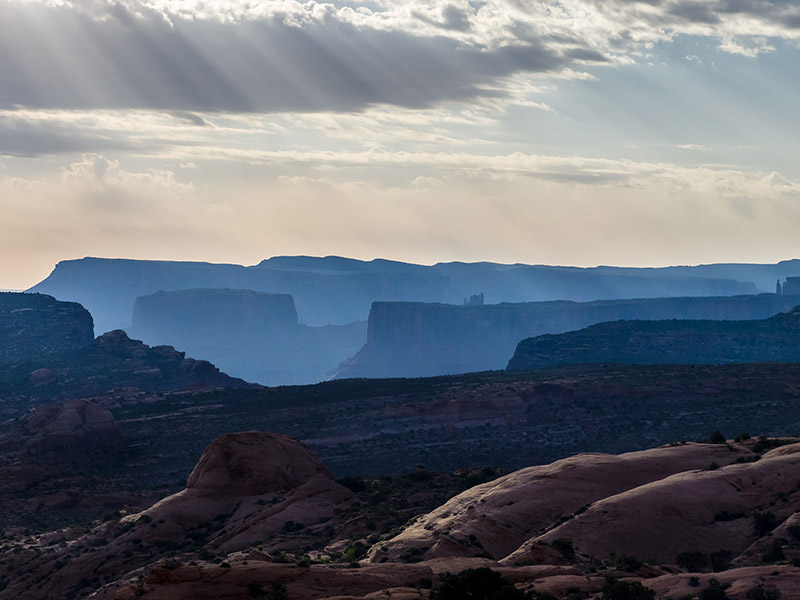
What are the biggest challenges you face in your work as a landscape photographer?
Probably the single biggest challenge is not letting the demands of the “career” interfere with the mental space you need to make creative, meaningful images. When I’m in the landscape, I try very hard to simply be present and react to what I see and feel.
Questions about selling, conformity, likability, and self-doubt are always lurking in the background, waiting for an opportunity to gain attention. It’s all called fear and I’m all too familiar with fear, having had plenty of it in my lifetime. The key is to embrace it as a sign that you’re doing something bold and difficult, and that’s where we all have an opportunity to make a difference.
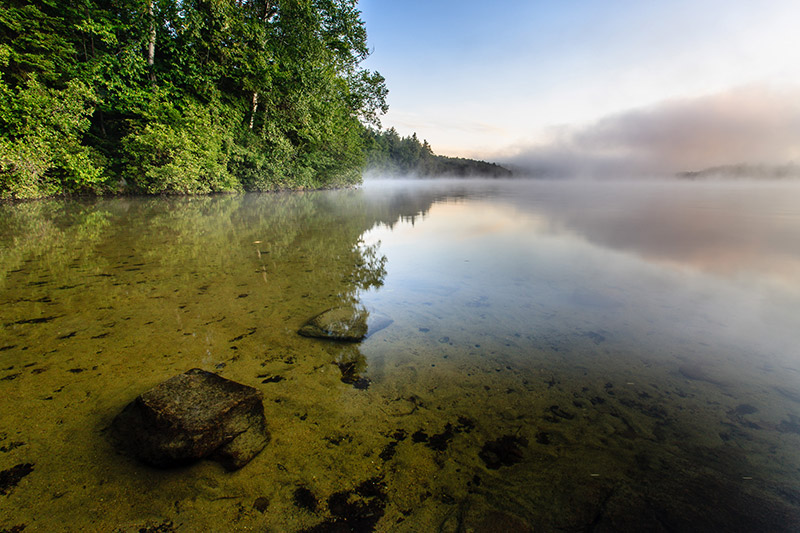
Can you name a few photographers who have had an influence on your career?
Galen Rowell, Elliot Porter, Charlie Waite, Art Wolfe, and David Muench. And one other fellow named Ansel Adams, especially when I learned he was a concert pianist before becoming a photographer.
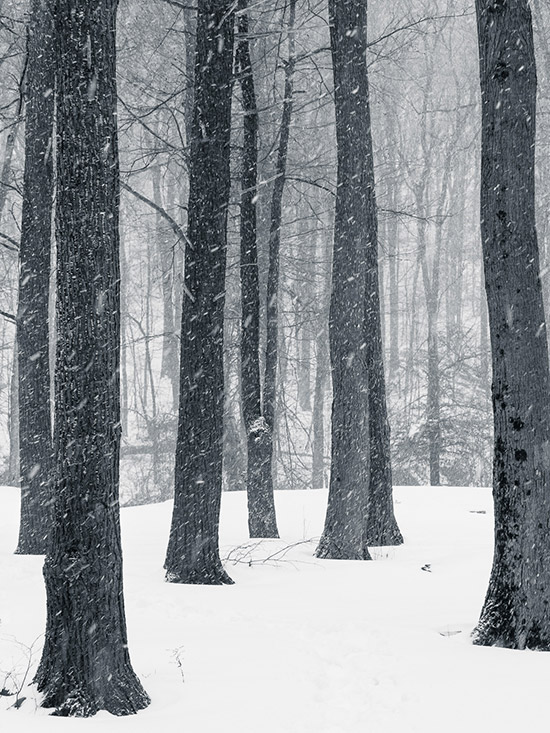
Do you have a favorite photography-related book?
There are so many, it would be an injustice to single one out. An early book that had a huge impact on me was “The Creative Habit” by Twyla Tharp, which is not a photography book. But it made me realize that creativity isn’t a function of magical moments of creative insight, but rather a dedication to daily habits and rituals that cultivate creativity.
That single mind-shift has proven to be true over and over again in my work making images. Luck favors the prepared, and in nature, that is essential. So I figured if I didn’t have the natural talent, I could at least work harder than others to establish myself as a photographer.
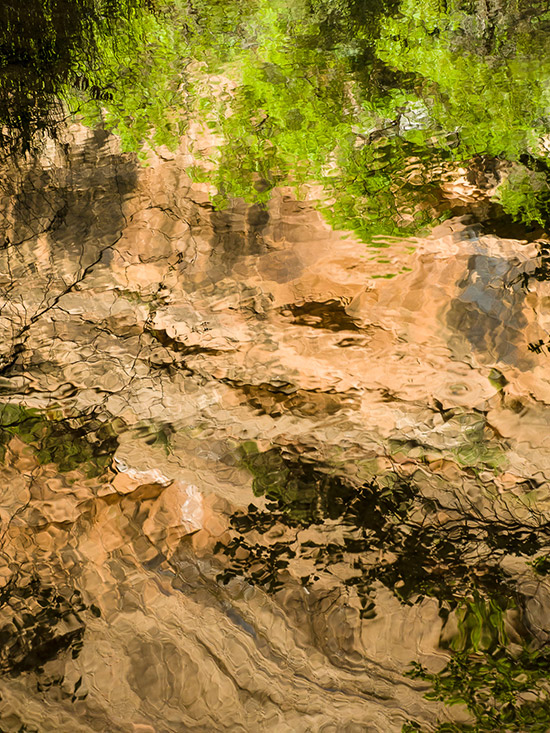
What do you like to do for fun aside from photography?
Hiking, biking, reading, drawing and painting, and spending time with my family.
Thank you for the opportunity to answer these questions – I am grateful!
Connect with Robert
All photographs shown in the interview are © Robert Rodriguez, Jr., used with permission.